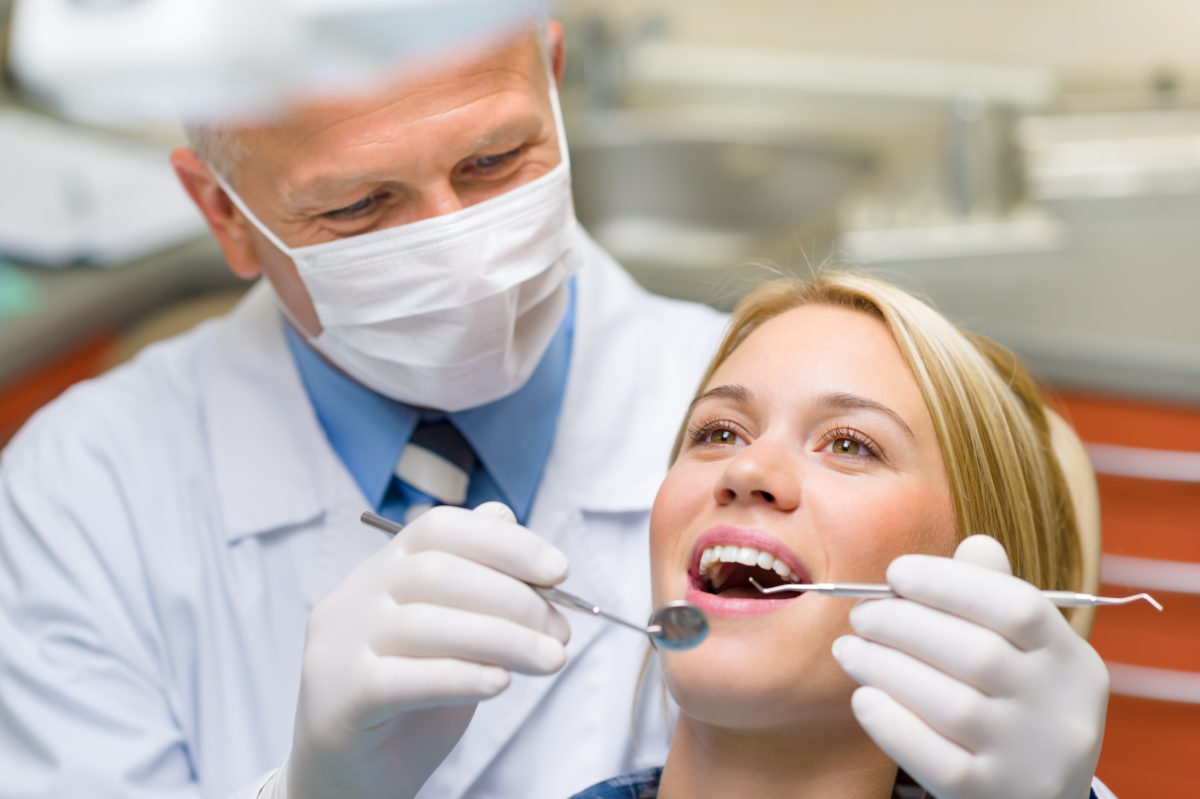Legacy Orthodontics Fundamentals Explained
Legacy Orthodontics Fundamentals Explained
Blog Article
The smart Trick of Legacy Orthodontics That Nobody is Talking About
Table of ContentsGetting The Legacy Orthodontics To WorkGetting My Legacy Orthodontics To WorkThe smart Trick of Legacy Orthodontics That Nobody is Talking AboutLegacy Orthodontics Fundamentals ExplainedThe 6-Minute Rule for Legacy Orthodontics
In enhancement, we supply flexible therapy routines, flexible settlement options and an enjoyable, satisfying experience.An orthodontist is a dental expert educated to identify, avoid, and treat teeth and jaw irregularities. They correct existing conditions and are educated to identify problems that may develop in the future. Orthodontists collaborate with individuals of any ages, from kids to adults. People frequently associate an excellent smile with health.
Malocclusion, or misaligned teeth, can cause oral issues, including tooth degeneration, gum illness, and hard or excruciating eating. Not every person is born with straight teeth. If you have a bad bite or big areas between your teeth, you may wish to speak with a dental practitioner concentrating on orthodontic treatment.
The Greatest Guide To Legacy Orthodontics
( Picture Credit Rating: DigitalVision/Getty Images) Orthodontists use repaired and detachable dental tools, like dental braces, retainers, and bands, to change the position of teeth in your mouth. Orthodontic therapy is for dental irregularities, consisting of: Crooked teethBite troubles, like an overbite or an underbiteCrowded teeth or teeth that are as well far apartJaw misalignmentThe goal of orthodontic therapy is to enhance your bite.
A healthy and balanced bite ensures you can consume, eat, and talk correctly. While you might think about orthodontists as mostly for youngsters or young adults that require dental braces, they can fix oral issues at any age. Orthodontists go to university, dental school, and orthodontic school. After college graduation, they spend 2 or 3 years in an orthodontic residency program.
, however not all dentists are orthodontists. They concentrate on 2 areas: How to correctly and securely move teeth Just how to appropriately assist growth in the teeth, jaw, and faceOnce an orthodontist has actually completed training, they have the option to come to be board accredited.
Excitement About Legacy Orthodontics
Misalignment, or malocclusion, is one of the most typical reason people see an orthodontist. It is hereditary and is the result of size differences in between the top and lower jaw or between the jaw and teeth. Malocclusion causes tooth overcrowding, an irregular jaw, or uneven bite patterns. Malocclusion is normally treated with: Your orthodontist attaches steel, ceramic, or plastic square bonds to your teeth.
If you have just minor malocclusion, you may be able to make use of clear dental braces, called aligners, as opposed to traditional braces (http://prsync.com/legacy-orthodontics/). Some people need a headwear to help relocate teeth into line with pressure from outside the mouth. After dental braces or aligners, you'll need to wear a retainer. A retainer is a customized gadget that maintains your teeth in area.
They can develop extra space in the mouth without having to draw teeth. Orthodontists utilize cords, surgical screws, or plates to sustain your jaw bone.
You may require to see an orthodontist if you have: Crowding or not adequate area for all of your teethOverbite, when your upper teeth come by your base teethUnderbite, when your bottom teeth are as well far forwardSpacing or concerns with gapsCrossbite, which is when your upper teeth fit behind your base teeth when your mouth is closedOpen bite or an upright space in between your front base and top teethMisplaced midline, when the center of your bottom and top teeth do not line up Fixing an oral malocclusion can: Make attacking, eating, and speaking easierImprove the proportion of our face and your general appearanceEase discomfort from temporomandibular joint conditionsSeparate your teeth and make them simpler to clean, assisting avoid dental cavity or cavities It's commonly a dental practitioner who first notices misaligned teeth during a routine exam.
Some Known Details About Legacy Orthodontics

Throughout your initial orthodontic consultation, you'll likely have: A dental examPhotos taken of your face and smileDental X-raysPanoramic (360 degree) X-rays of your face and headImpressions to create mold and mildews of your teethThese examinations will help your orthodontist recognize how to continue with your therapy. leesburg invisalign. An orthodontist is a dental practitioner who's had training to treat your teeth and jaw
Orthodontists may execute surgical treatment, exams,X-rays,and more to help you acquire a more comfortable, much healthier smile. An orthodontist is concentrated on your bite, so something like a broken tooth would certainly be taken care of by a dental practitioner. Orthodontists are dental practitioners however not all dentists are orthodontists. Orthodontists are concentrated on your bite, or the way your teeth meshed, and the straightness of your teeth.
Ever before asked yourself exactly how stars always seem to have perfectly aligned teeth? The solution often depends on the knowledgeable hands of an orthodontist. But exactly what Get More Information does an orthodontist do? Orthodontists are oral specialists that concentrate on correcting abnormalities in the teeth and jaws. Their experience surpasses simply developing an attractive smile; it extends to enhancing your overall dental health and wellness and feature.
Legacy Orthodontics Can Be Fun For Anyone

, orthodontists have a varied toolkit at their disposal. These reliable braces use a system of brackets adhered to the teeth and linked by cables.
Clear aligners, like Invisalign, are a popular option for clients looking for a more very discreet therapy alternative. These detachable trays are customized to considerably change the teeth's position. Headwear may be made use of combined with dental braces or aligners to apply extra targeted pressures, specifically for dealing with jaw disparities. In cases of narrow jaws, palatal expanders can be used to produce room for appropriate tooth placement.
Report this page